Catherine Frid is one of the playwrights in residence at Mixed Company Theatre (MCT). She first met Simon Malbogat, the Artistic Director of MCT, through a forum theatre workshop that he delivered at York University in 2014. She approached Simon about volunteering with Mixed Company Theatre, and they explored ways to utilize her playwriting expertise. Together they decided to jointly apply for an OAC Playwright Residency program grant to create a show for students that focused on mental health and anxiety. Upon receiving the grant, Catherine began conducting her research, and met with therapists, psychiatrists, teachers, and young adults to learn more about the effects of anxiety, whose stories would eventually become the basis for the school production Half Full.
It is expected that everyone will experience anxiety and stress in their lifetimes, but it may never reach a debilitating level, such as that experienced by those suffering with an anxiety disorder. The Anxiety Disorder Association of Canada defines anxiety disorder as follows:
“An anxiety disorder… is diagnosed when various symptoms of anxiety people experience create significant distress and some degree of functional impairment in their daily living. A person with an anxiety disorder may find it difficult to function in areas of life such as social interactions, family relationships, work or school. Often, different anxiety disorders occur together or with other conditions such as depression or substance abuse.”[1]
From the definition above, we can see that anxiety disorder, like any other mental health disorder, is complex, and often occurs in tandem with other conditions. Because the term ‘anxiety’ is often used by the general public in relation to the stresses of everyday life and social interactions, there can be little sympathy given to individuals who identify as having an anxiety disorder, an illness far more debilitating than the fleeting stresses and anxiety of everyday life.
The Mood Disorders Society of Canada, in their Quick Facts: Mental illness and addiction in Canada, 3rd Edition, states that the number of Canadian children and youth affected by mental illness at any given point in time is 15% of the youth population, or 1.2 million, and the most common problem among children and youth is anxiety, which affects 6.5% of youth in Canada.[2]
In 2015, Simon and Catherine ran six workshops exploring anxiety: with Aboriginal youth, on- and off-reserve, in Brantford; Grade 7-10 youth with anxiety in the East Metro Youth Services program in Scarborough; a Grade 11-12 youth drama class at Harbord Collegiate; Horizons for Youth Emergency Shelter; and with a small TDSB class. In these workshops, Catherine was able to get the first hand stories of youth struggling with anxiety, learn how they experience it, and the various things that cause anxiety, from social media to peer relationships.
Previous to her work developing Half Full, Catherine had no experience with or knowledge about the anxiety epidemic affecting youth in Ontario. Her research gathered from her workshops and interviews with mental health experts, educators, and youth living with anxiety helped her understand the deep, pervasive, and overwhelming nature of anxiety, and the impact on those suffering from it. This was the reason that the decision was made to make anxiety a character, called ‘Anx,’ in Half Full, representing the reality of its effects and impact. Half Full is meant to help students understand that they are not alone in their struggles with anxiety.
Catherine also deepened her research into youth anxiety by consulting with youth mental health professionals. These included a child psychologist, a child therapist, a youth counselor, and a TDSB teacher. She also consulted with other youth health professionals from the TDSB Mental Health Committee, Prologue Arts, East Metro Youth Services, and the Elementary Teachers’ Federation of Ontario. Her research and consultations also extended to youth living with anxiety, to ensure that she had multiple perspectives of the real impact that anxiety can have.
Half Full was further developed with input from table reads of the first draft of the play with MCT staff and the public at OISE. Catherine grew her knowledge of youth mental health and learned more about anxiety at two great conferences: HEADSTRONG—Youth Mental Health and Anti-Stigma Summit, sponsored by the Mood Disorders Association of Ontario and the Mental Health Commission of Canada; and the Ignite4Youth Conference.
Researching anxiety included doing interviews and workshops with experts and youth struggling with anxiety, and has deepened her understanding on the topic and made her more empathetic to those struggling with it. She has learned to be more aware of the signals of anxiety sufferers, and the ways to engage with them, and this has made her more present in her interactions with people in the world around her.
Initially Half Full was not meant to focus on cyber bullying, and the anxiety induced from using social media. Catherine learned that the internet and social media were key triggers for youth anxiety. Youth can’t simply not go on social media, turn it off, or disengage from it fully. The internet and social media are the key channels through which youth communicate and engage with one another. In the workshops with students, youth identified what they saw as the benefits and hindrances of the internet. They saw that the internet has made it possible to find a vast amount of information about a wide range of things that used to be inaccessible. You can find out anything you want to know. The immediacy of the internet is also seen as a big positive for youth. However, this also means that things good and bad can be uploaded and shared quickly, and have the power to impact social relationships amongst youth.
Catherine did not realize how severe and paralyzing it can be to suffer with anxiety. This is why it was important to show viewers what anxiety looks like from the inside: the heart palpitations, hyperventilation, and sense of intense panic that individuals experience. The Half Full school tour runs from April 4th-29th, 2016, and will be delivered to students in the GTA and surrounding areas.
[1]Anxiety Canada, About Anxiety Disorders http://www.anxietycanada.ca/english/
[2] Mood Disorder Canada, Quick Facts: Mental illness and addiction in Canada November 2009, 3rd Edition http://www.mooddisorderscanada.ca/documents/Media%20Room/Quick%20Facts%203rd%20Edition%20Referenced%20Plain%20Text.pdf

